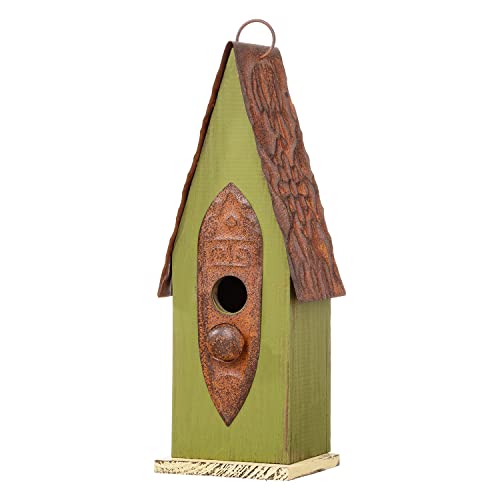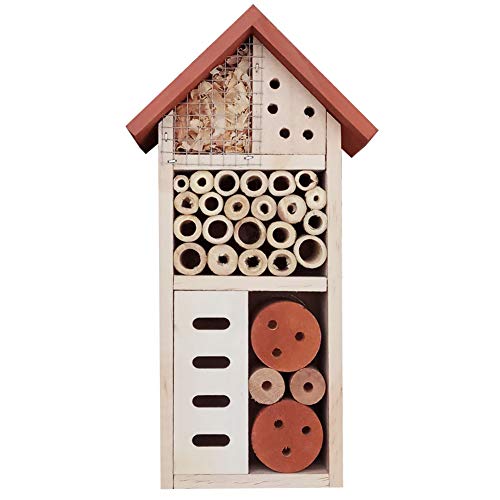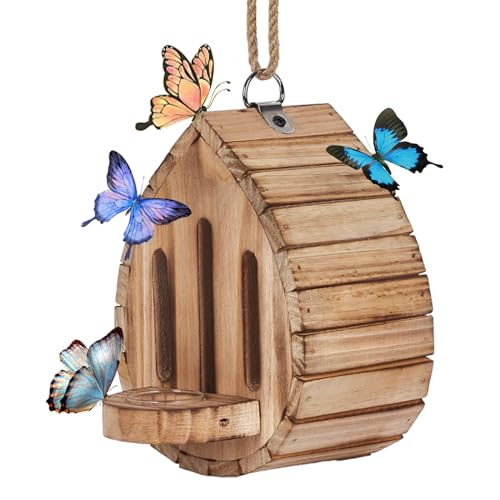Wildlife experts urge gardeners to do these 5 things to help pollinators and birds in fall – they're all easy and will transform your yard into a safe haven
These jobs take minutes, but will benefit creatures all through winter
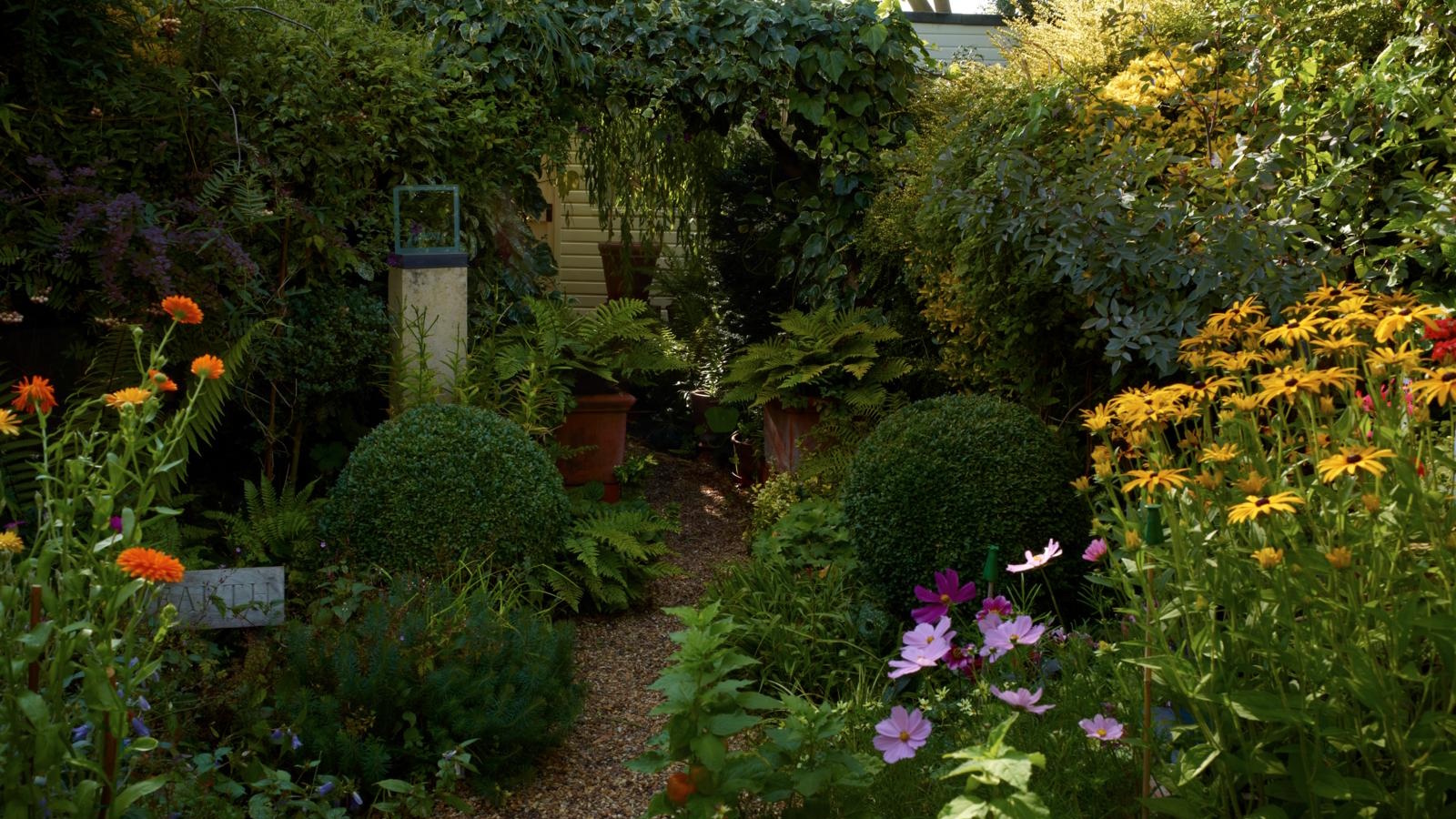
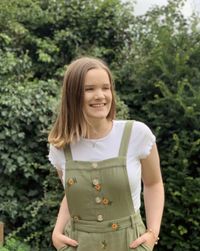
It can be tempting to put your yard to bed for the year as fall rolls around, but lots of garden wildlife are still looking for valuable resources in your outdoor space during this season. This is especially true for those birds and pollinators migrating south, becoming vulnerable as food sources become scarcer and temperatures become colder.
If you've already created a garden for pollinators, you're likely in a good place to help pollinators and birds in your fall garden. At this time of year, they are particularly in need of food sources and shelter, and there lot of opportunities for this already existing in your yard.
Whether its leaving seedheads, creating hiding spots, or growing the best plants for fall pollinators, there's lots that can be done to help birds, bees, butterflies, and more at this time of year. Here, wildlife experts share their top picks.
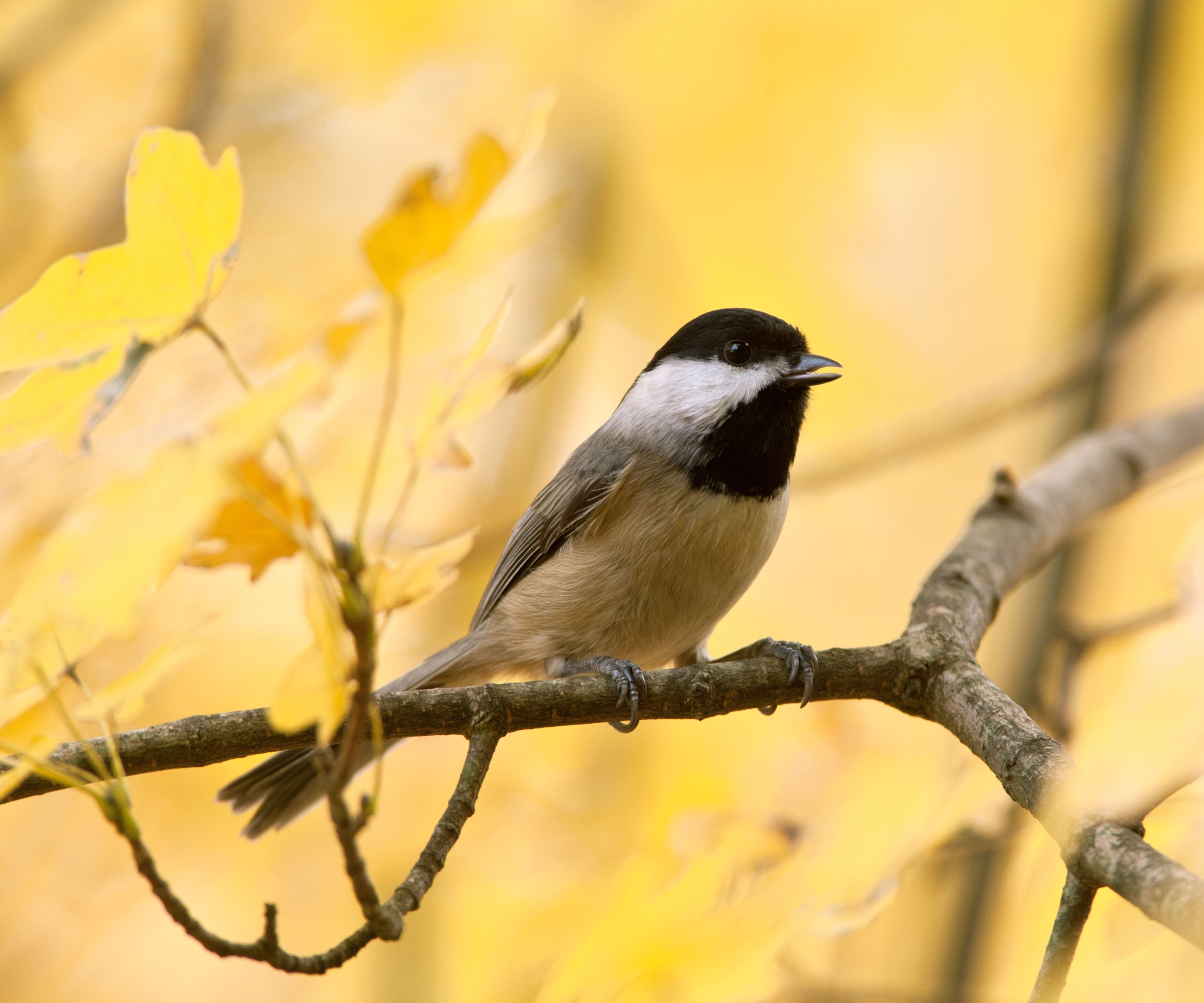
5 ways to help pollinators and birds in fall
All of the items on this list will help bees in fall and support birds as we transition into colder months. The monarch butterfly migration is also happening at this time of year, so these winged beauties will also appreciate these efforts.
1. Plant fall blooms
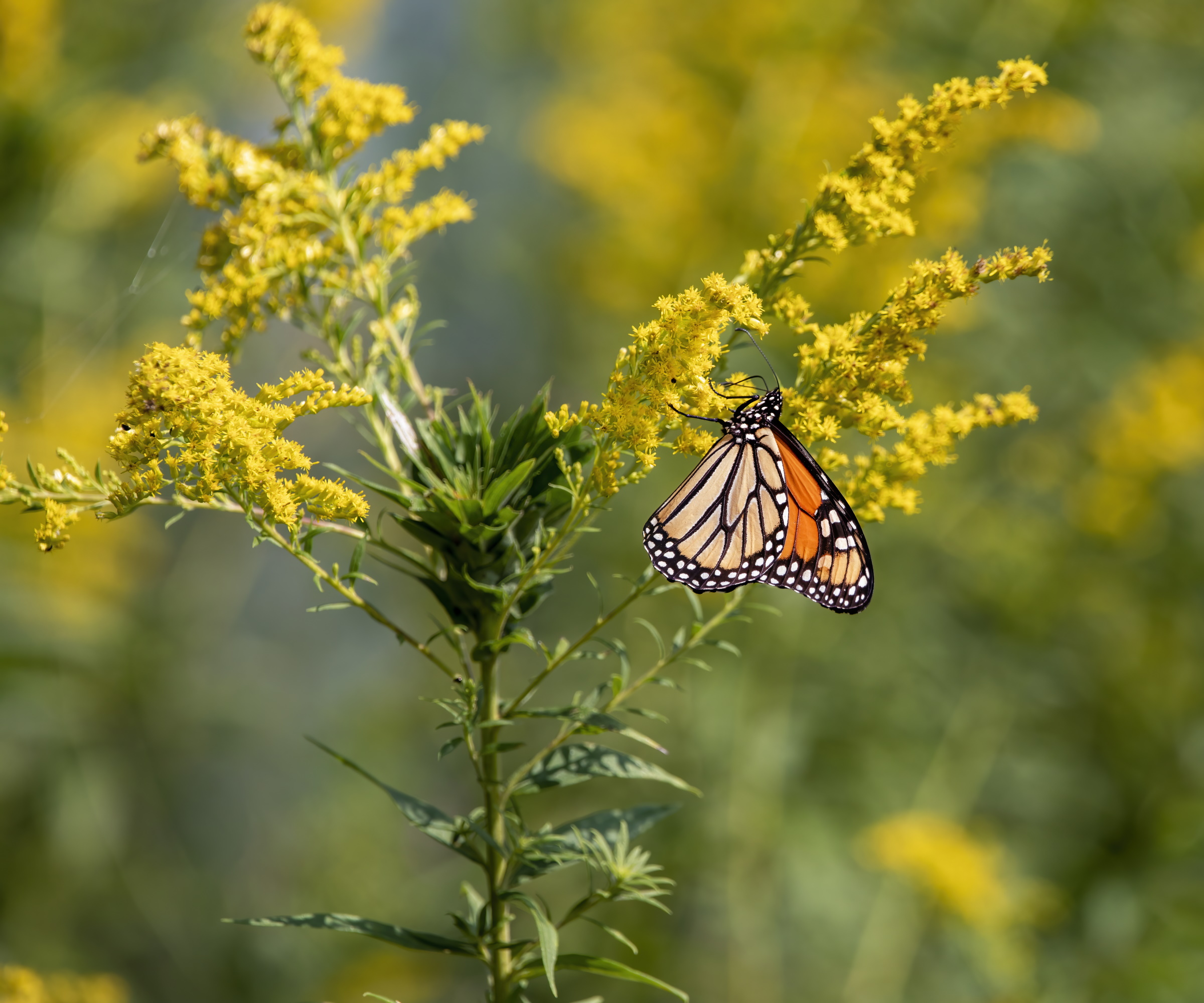
Although you may think of the fall garden being full of fading flowers, there are actually lots of fall-blooming native plants you can grow that will continue giving you wonderful color during the season and provide plenty of nectar to pollinators.
Some top picks include goldenrods (seeds from Amazon) and asters (starter plants from Amazon).
There are also fall-blooming wildflowers (seed mix from Amazon) which you can grow to provide a nectar-rich source, and fall flowers for pots to create a pollinator magnet during this season.
Design expertise in your inbox – from inspiring decorating ideas and beautiful celebrity homes to practical gardening advice and shopping round-ups.
'Plant in clusters to make it easier for pollinators to find nesting sites,' suggests Mary Mack Gray, ornithologist at Birdbuddy. 'You can also support nocturnal pollinators, such as moths and bats, by planting native plants for night-time pollinators, like moonflowers (seeds from Amazon),' she adds.

Mary is a wildlife biologist with over a decade of experience in research, conservation, and regulation of endangered and imperilled species. Mary's expertise is in avian ecology, specifically: cooperative breeding; reintroductions/translocations; behavioral ecology; endemic & fire-dependent habitat specialists; and habitat management.
2. Leave seedheads for birds
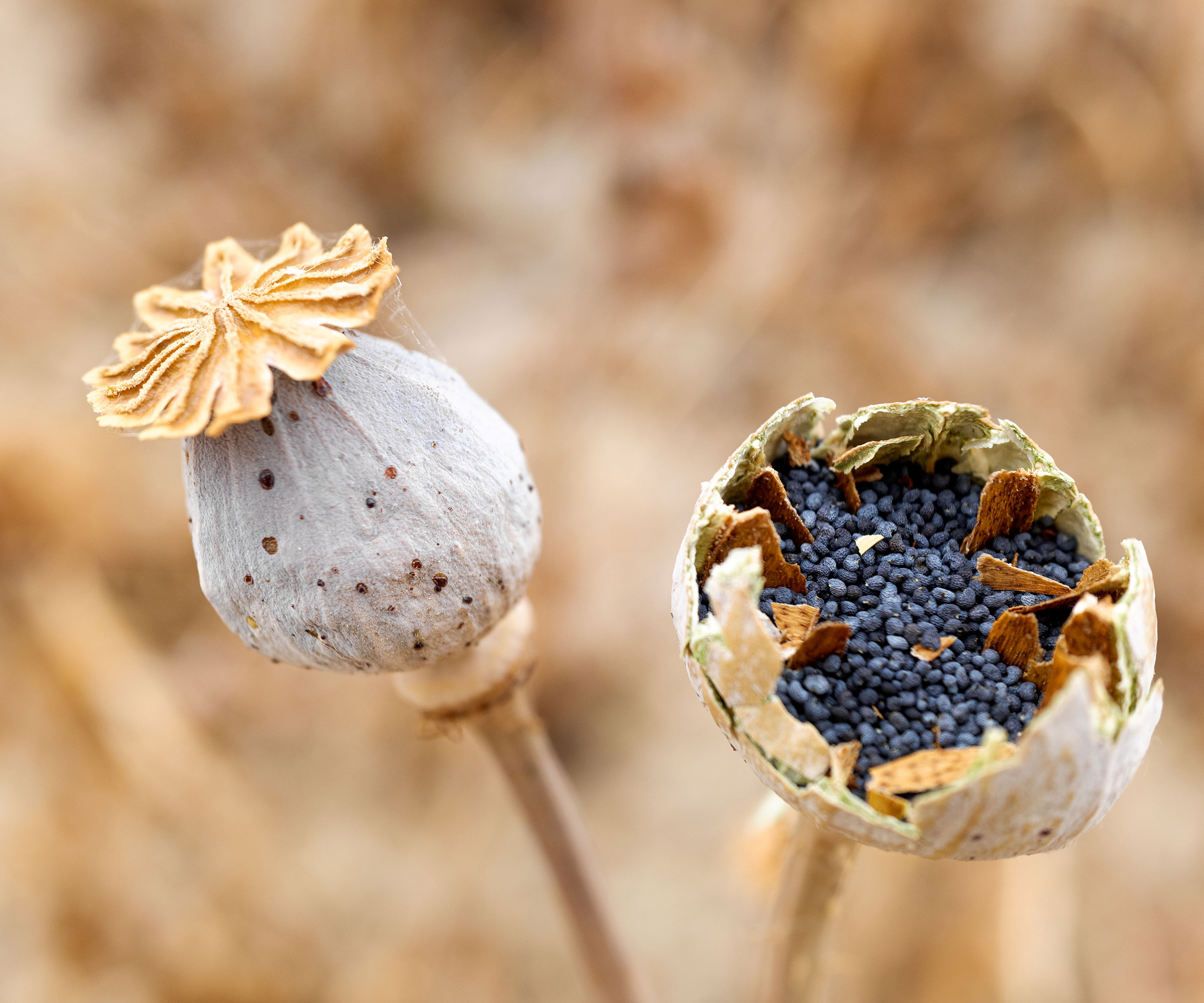
The best plants for seedheads are in their prime during fall, offering architectural plant interest for your yard and a food source for birds.
'Seedheads of native plants provide a natural fall and winter food source for seed-loving birds such as chickadees, nuthatches, and goldfinches, among others,' says Mary.
'Spent seedheads and stalks also provide essential habitat for pollinators, including native bees, which often nest inside cut stems of perennials with hollow or soft cores,' she adds.
It can be tempting to cut back all the faded blooms that have gone to seed, but leaving them around for a little longer is the most low-maintenance way to feed birds in winter in fall and continue attracting wildlife to your yard in fall.
3. Create a deadwood pile
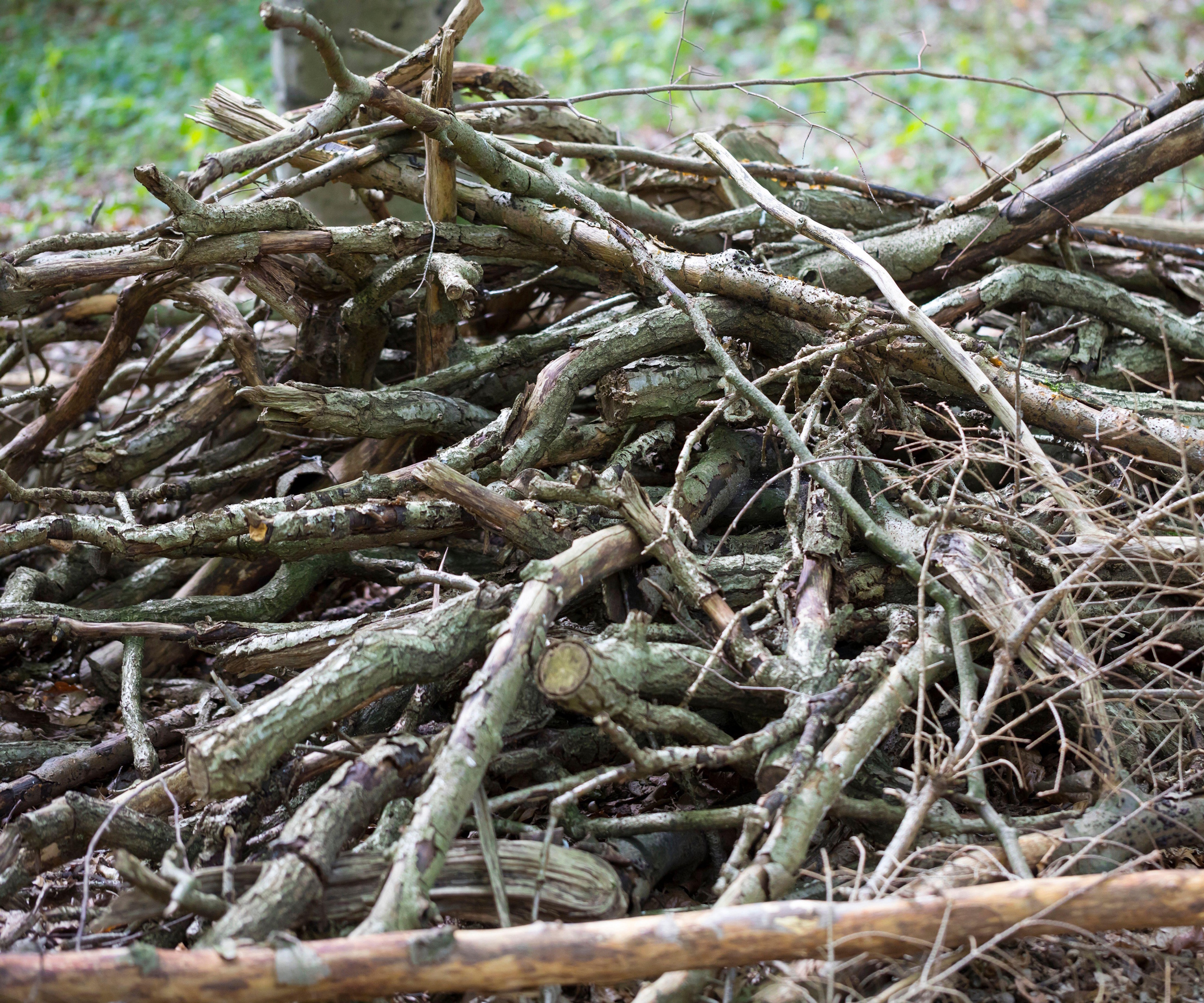
When you think of helping pollinators, your mind may go to images of bright blooms, but there's a lot of value in the dying plant matter of fall, too.
'Pollinating species like bumblebees, butterflies, solitary bees, and fireflies, love untouched areas like wood and leave piles,' explains David M. Burrows from pollinator project company, Arkearth.
'These offer a protective habitat for adults laying eggs and cocoons to develop once warm weather returns. The warmth from decaying organic material also keeps the area warmer and helping to ensure their survival,' he explains.
By leaving fallen leaves on the ground and creating intentional piles of deadwood (i.e. by using pruners – like these bypass pruners from Amazon – to cut branches and stems), you can provide this natural shelter for pollinators.
This can also become a food source for birds, as the insects they feed on are also likely to retreat to deadwood shelter.

David M Burrows has 25+ years in start-ups for B2B and B2C concepts and he launched his latest in 2021 with his wife Margaret. Hivessence is an organic, sustainable honey-infused selfcare brand that works to save bees and other pollinators via Pollination Accelerator projects deployed by their non-profit Arkearth. It aims to save honeybees, butterflies, hummingbirds, moths, bats, and other pollinating species via a series of sustainable projects.
4. Provide energy-rich treats for birds

As the days become shorter and temperatures become chillier, you can support garden birdlife by switching up what you put in your bird feeders.
'Fat is the spice of life when it comes to overwintering birds. Seeds high in fat and protein help birds maintain the fat stores that warm their bones all winter long,' Mary says.
Things like suet balls (from Walmart) are beneficial at this time of year, as well as occasional treats like putting potato in a bird feeder and putting pasta in a bird feeder.
'Black oil sunflower seeds (from Amazon) are also a healthy choice that’s sure to attract songbirds to your feeder all year long,' Mary adds.
Just take care to also continue providing seed mixes (like this one from Amazon) which should form the base of a bird's healthy and balanced diet.
5. Keep water sources clean
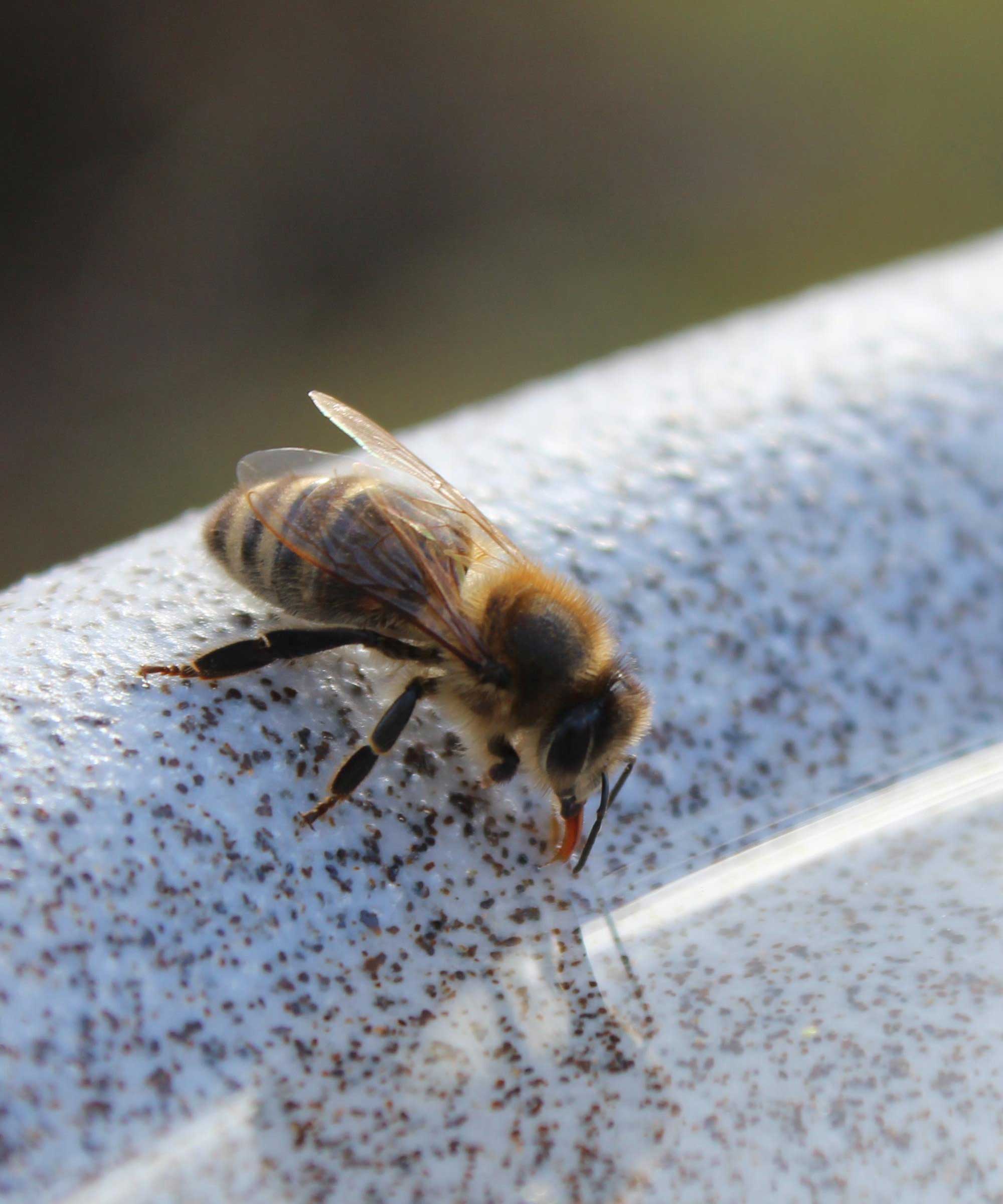
Another way to help pollinators and birds in fall is by keeping water sources clean.
Bird baths and bee watering stations are much more susceptible to becoming dirty as windier, wetter weather arrives. This, in-turn, can harm the creatures that drink from them.
'Migrating birds and species that stay during the winter months are in need of fresh water constantly,' says David. 'On fall and winter days when the temperatures are over 50°F, many species like bees will venture out briefly to forage and bring water back to their hive or habitat,' he adds.
You can clean bird baths and other water sources quite easily, by refreshing the water and wiping surfaces down with a damp cloth. Be cautious not to use chemical cleaning products that could cause harm to wildlife, however.
Bird-safe products like this bird bath and fountain maintenance product from Amazon can help keep your garden water sources clean and fresh for longer during fall and winter.
FAQs
Does long grass help pollinators and birds in fall?
Yes, long grass can be beneficial to wildlife in fall and choosing not to mow areas of your lawn is a great way to help them during this season.
'If there is an area where you can leave grass to grow without edging for mowing, you’ll be providing another habitat for beneficial species like fireflies, bumblebees, and the small green anole lizards,' says David M. Burrows from pollinator project company, Arkearth.
'Creating this adjacent to a woodpile or leave pile provides an extra buffer of protection for them,' he adds.
Of course, there are lots of other ways to help pollinators and birds in fall, whether they're stopping off as they migrate or are looking for continued food sources. For example, fall is also a great time to add a birdhouse or bug hotel to your garden, providing some shelter for wildlife. Below are some of our top picks:
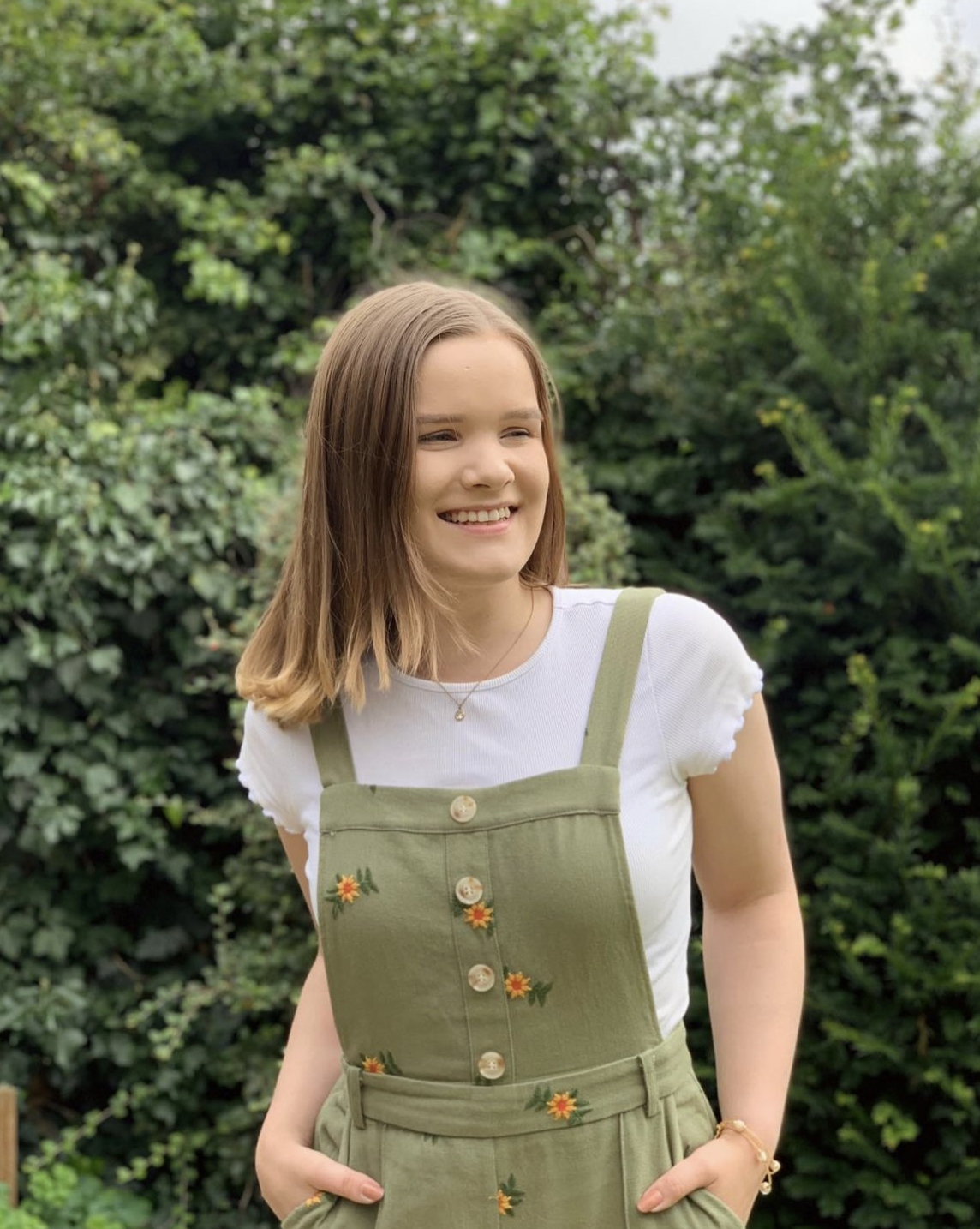
Tenielle is a Gardens Content Editor at Homes & Gardens. She holds a qualification in MA Magazine Journalism and has over six years of journalistic experience. Before coming to Homes & Gardens, Tenielle was in the editorial department at the Royal Horticultural Society and worked on The Garden magazine. As our in-house houseplant expert, Tenielle writes on a range of solutions to houseplant problems, as well as other 'how to' guides, inspiring garden projects, and the latest gardening news. When she isn't writing, Tenielle can be found propagating her ever-growing collection of indoor plants, helping others overcome common houseplant pests and diseases, volunteering at a local gardening club, and attending gardening workshops, like a composting masterclass.
You must confirm your public display name before commenting
Please logout and then login again, you will then be prompted to enter your display name.
